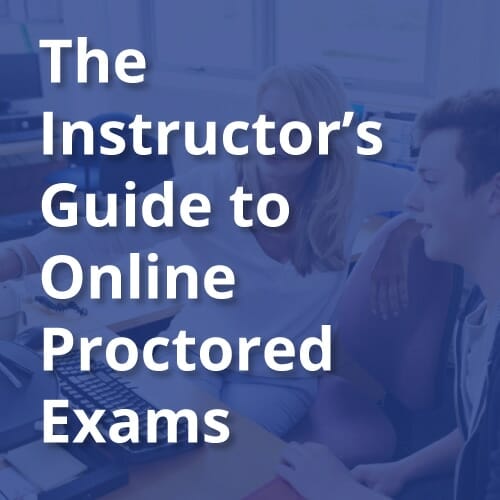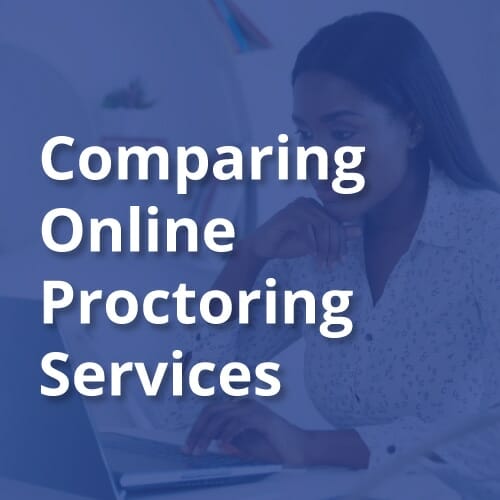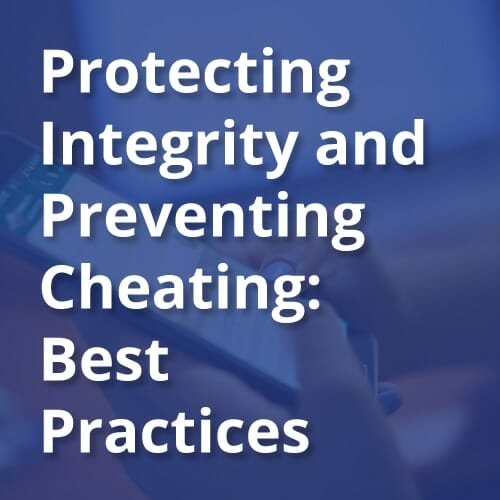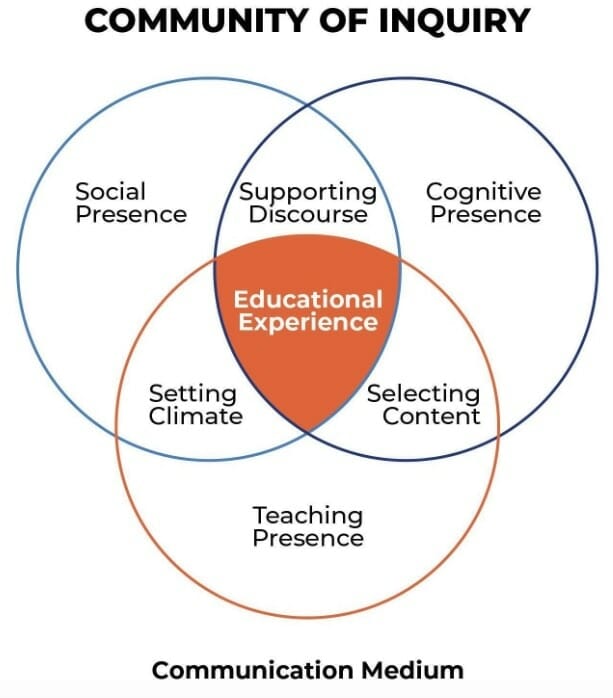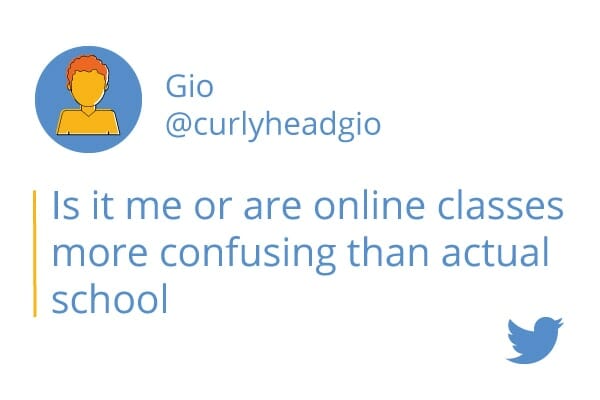Lee Skallerup Bessette wrote an excellent article in The Chronicle of Higher Education entitled “The Staff are Not OK!” where she reminds us that it is past time to pay attention to the health and well-being of the staff members whose work has pulled our campuses through the Covid-19 crisis. In our scramble to move courses online, our staff members have had to work tirelessly to keep our institutions afloat, in an uncertain environment fraught with fear, often at the expense of their own mental and physical health.
Mark McCormack at Educause then used that article as a starting point to develop an Educause Quick Poll on Stress in the Workplace, which yielded some eye-opening results.
McCormack checked in with more than 1,500 higher ed IT and tech professionals to see what their stress levels might reveal and explore opportunities to improve well-being going forward.
The poll methodology was as follows:
“The poll was conducted on January 12, 2021, consisted of 10 questions and resulted in 1,522 complete responses. Poll invitations were sent to participants in EDUCAUSE community groups focused on IT leadership. Our sample represents a balanced range of institution types and FTE sizes, and most respondents (96%) represented US institutions.”Ibid
Findings include:
Staff members are stressed out. A strong majority of respondents (76%) reported that their level of workplace stress has increased since the beginning of the pandemic. The figure is even higher for those focused on supporting remote teaching and learning, no surprises there.
They expect more of the same, if not worse. Yikes. Few respondents expect relief from stress in the near future. 54% of respondents said they expect their stress to stay about the same as it is now. 36% expect their level of stress to increase over the next 12 months.
They are doing more work with fewer resources and less certainty. 43% cited “additional responsibilities or increased workload” and 38% felt “insufficient staffing in key areas of my work” (38%) were the main drivers contributing to their stress.
“Uncertainty about the future of my institution and/or career” (30%) makes up the last of the top three stress factors. This particular source of stress appears to be more prevalent from the smallest institutions—36%, compared with only 27% among those at the largest institutions.
The top three symptoms noted on all this stress are:
- Difficulty concentrating while working on tasks 60%
- Not being able to maintain workplace habits that nurture well being 54%
- Less energy/more tired at work 42%
To be fair, there was evidence that institutions are trying to step up. 52% of respondents reported that their institution has provided more flexible work hours or schedules, and just under half (45%) reported receiving messages of empathy and understanding from their leadership.
Another interesting finding was most felt supervisory guidance and team-building are lacking.
“Only a quarter of respondents reported receiving guidance or support from their supervisor for managing their health and well-being, while roughly a fifth reported receiving additional PTO from their institution. Very few (9%) reported having more frequent or regular team-building activities or opportunities.”
However, the bad news was that approximately 6% of respondents told us that they have received none of the above supports from their institution.” Ibid
As in any survey, the qualitative information is as informative as the quantitative numbers.
- Workloads and expectations of staff have not been adjusted
“Now that things have settled a bit…and most courses are operating fine remotely, the workload hasn’t decreased. Other things have taken that place, and we’re still overworked. I guess overworked is our ‘new normal.’”
- Many staff are feeling overlooked
“Better recognition (staffing, pay, or simple recognition of work performed), especially for good work done by understaffed offices.”
- More transparent and frequent communication from leadership is critical
“Communication has gotten worse during the pandemic, leading to confusion, animosity, and frustration. Clear communication is key.”
How Can Higher Ed Leaders Help Reduce Staff Stress?
There are some stress reduction methods the poll participants were using on their own to help their stress and sense of isolation. Supporting and promoting these stress reduction activities can go a long way with your staff.
These personal strategies include:
- Increasing physical and mental activities such as going for walks, or meditation that momentarily disconnect them from work and help them feel refreshed.
“An increased focus on meditation, prayer, and acceptance. A daily gratitude practice has been critical as well.”
- Finding ways to connect with others to mitigate social isolation.
“After-work virtual cocktail socials with others in my field. Participating in more virtual conferences.”
- Daily work practices and boundaries help.
“Having a routine and a regular place designated for work has helped me avoid stress during this time.”
They also had these ideas for supervisors and institutional leadership.
- Provide flexibility both in terms of working arrangements and schedules. Flexibility was mentioned as a long-term policy, even after the pandemic has lifted.
“[Because I am] a single mother, flexibility is probably more important than even salary. I have a long commute, and the ability to work from home has greatly DECREASED my stress. I have an extra 3 hours in my day. This is huge. I’m more productive at home and have more time with my teenage kids.”
- Establish healthy policies and boundaries. “No meeting” times and limiting evening and weekend email activity were suggested.
“I schedule meetings for 45 minutes rather than an hour and take the 15 minutes to walk away from my home computer. I also schedule walks outside twice each day for 20 minutes each.”
- Listen.
“Display more empathy and understanding from the top. There is not much that can be done to make things measurably better, but knowing the leadership understands is helpful.”
“Ask. Listen. Ask. Listen. Repeat.”
We can all do more as a society to recognize the effort that has been put forth for the betterment of our academic institutions and the students we serve. Honorlock sees the effort first hand, working with our clients across the country. We salute everyone who has been laboring to keep our education efforts running smoothly (even if it didn’t always feel that way to our educators). If Honorlock’s online exam proctoring can make your testing approach easier, please reach out to us. We know the work you do is so important and consider it our mission to contribute however we can.
Sign up below to receive more resources for tips, best practices, white papers, and industry trends
Want to see Honorlock in action? Schedule a demo.
1 Lee Skallerup Bessette, “The Staff Are Not OK,” Chronicle of Higher Education, October 30, 2020.
2 Mark McCormack, Educause Quick Poll Results: Stress in the workplace, Educause Review, January 15, 2021.





